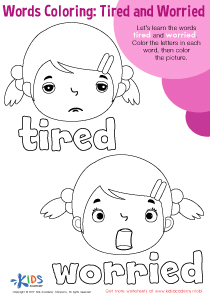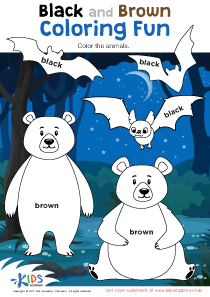Letter Tracing Practice English for Beginners Worksheets for Ages 4-6
3 filtered results
-
From - To
Welcome to our "Letter Tracing Practice English for Beginners Worksheets" designed specifically for children aged 4-6! These engaging and interactive worksheets help young learners develop fine motor skills while reinforcing letter recognition and writing. Each page features a variety of letters to trace, including both uppercase and lowercase, ensuring a comprehensive approach to learning. With colorful illustrations and fun activities, these worksheets keep children motivated as they embark on their journey to literacy. Perfect for home or classroom use, our resources support early English language development and foster a love for learning! Start tracing and watch your child’s confidence grow!
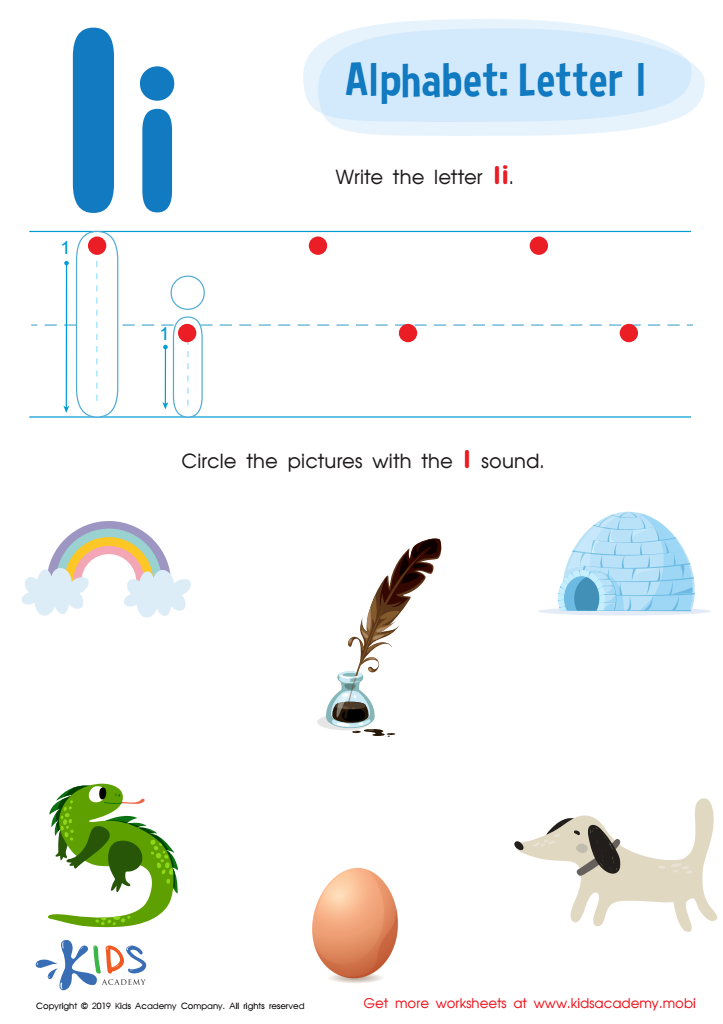

Letter I Tracing Worksheet
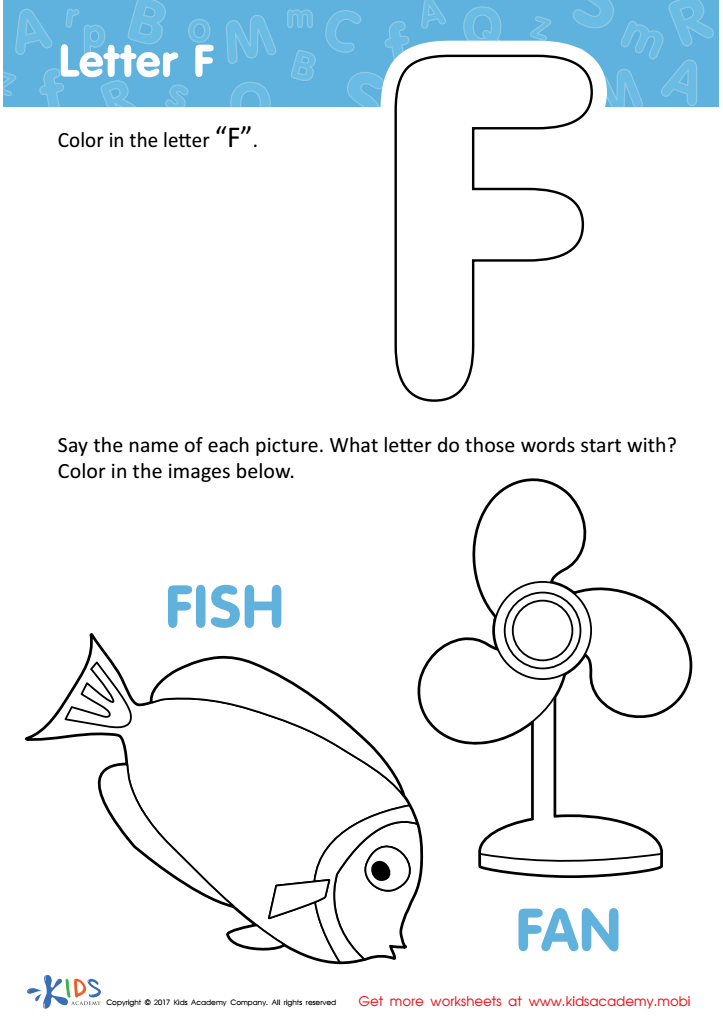

Letter F Coloring Sheet
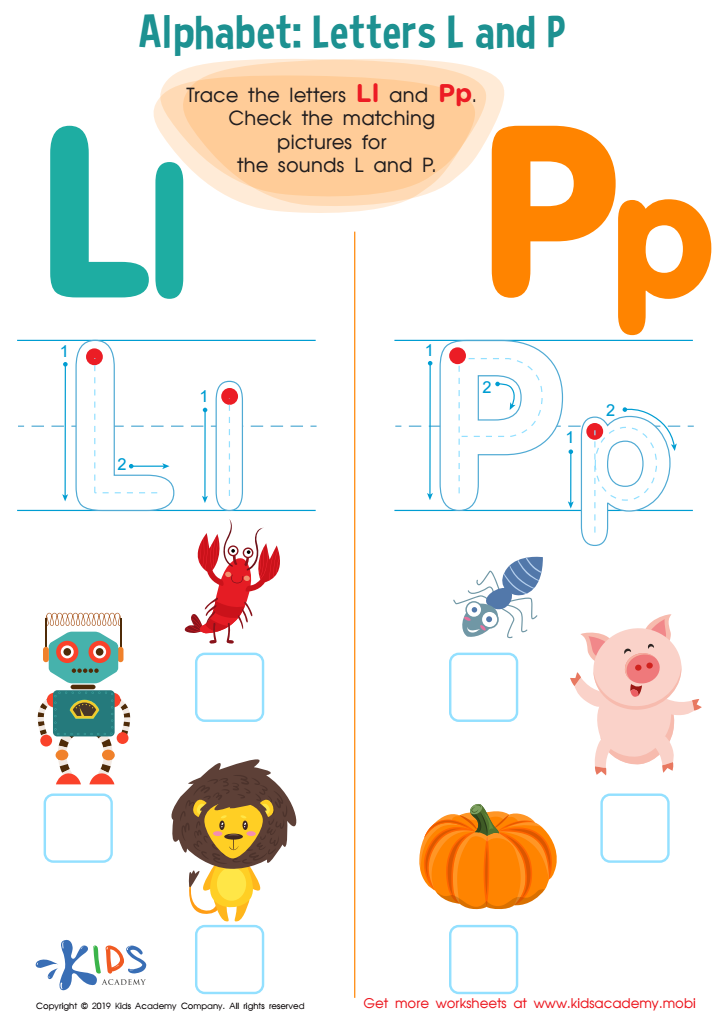

Letter L and P Tracing Worksheet
Letter tracing practice is essential for early childhood education, particularly for children aged 4-6. At this developmental stage, children are laying the foundation for their literacy skills, and tracing letters helps enhance their fine motor skills, critical for writing. By tracing letters, young learners develop muscle memory, making it easier for them to form letters independently later on.
Additionally, letter tracing reinforces letter recognition, which is fundamental for reading and spelling. As children trace letters, they simultaneously learn the shape, sound, and sequence of each character, solidifying their understanding of the alphabet. This multi-sensory approach—combining visual and tactile elements—makes learning engaging and effective.
Parent and teacher involvement in letter tracing practice encourages a positive attitude toward writing and literacy. It also provides an opportunity for bonding and learning together, making the process enjoyable and meaningful for children. Ultimately, prioritizing letter tracing practice facilitates a smoother transition into more complex writing tasks in later grades, setting the stage for academic success. Supporting children's early writing skills not only builds confidence but also fosters a lifelong love for reading and learning.
 Assign to My Students
Assign to My Students







